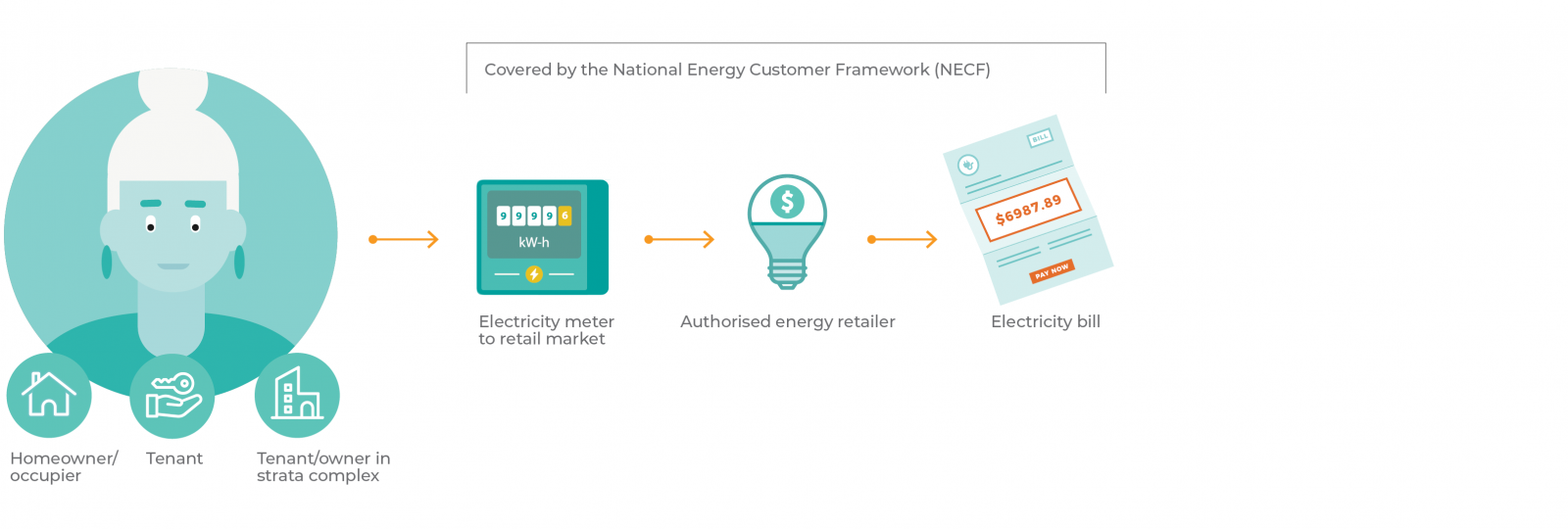-
Home
-
Publications and submissions
-
Reports
-
Spotlight On
- Dispute resolution in the evolving energy market
Dispute resolution in the evolving energy market
May 2022
Introduction:
Australia’s national energy market is evolving – at great speed. Growing socio-political, economic and environmental pressures have led to a move away from carbon-intensive, non-renewable energy sources and toward renewable energy. New and emerging technologies, products and business models are significantly changing how a growing cohort of individuals1 engage with the energy market. Customers can now integrate renewable energy, accessing behind the meter technology to generate, store and trade energy. This is not the future: it’s today! And customers in today’s energy market are becoming increasingly frustrated with how difficult it can be to resolve complaints relating to behind the meter technologies, products and services.
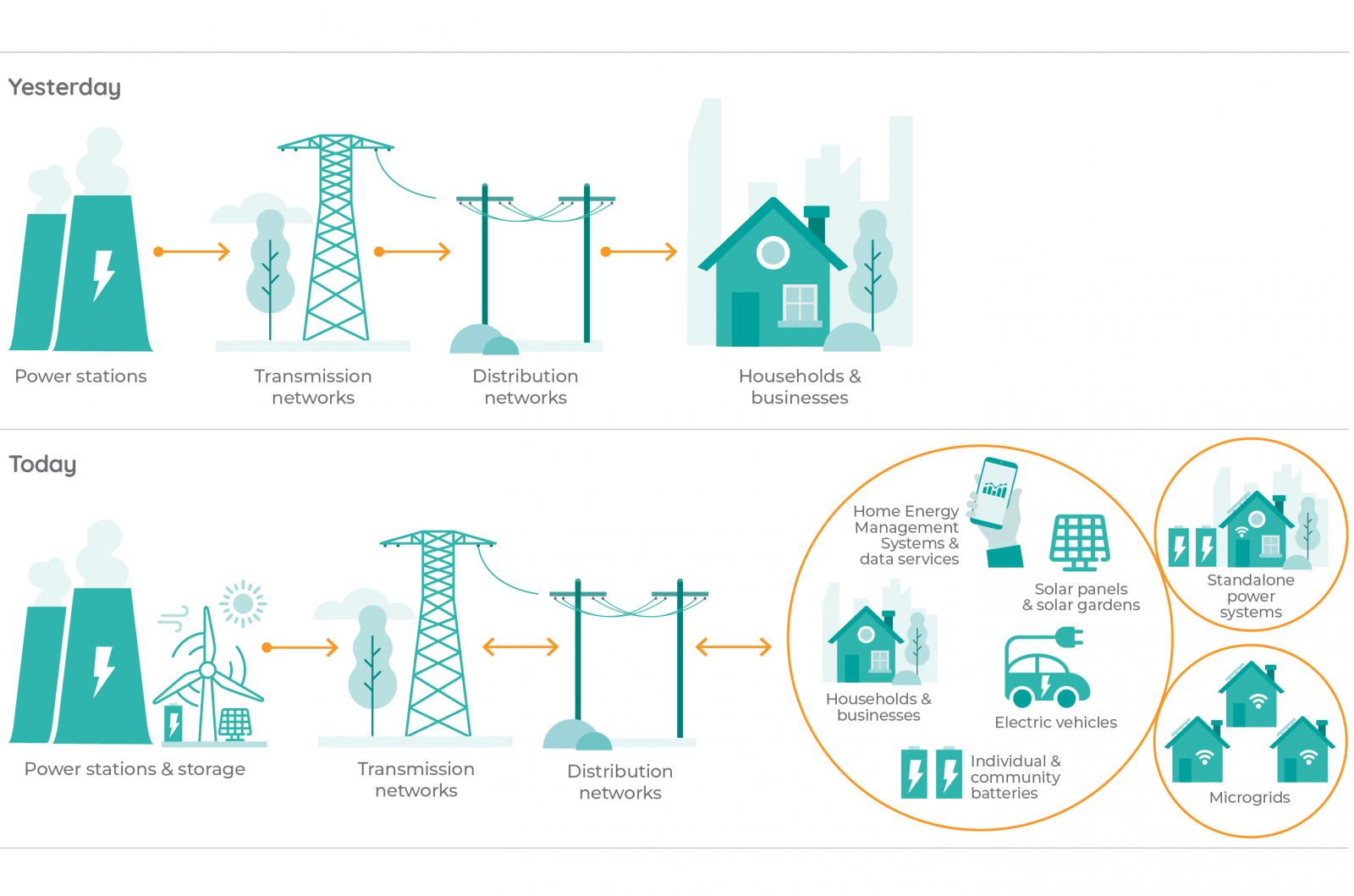 Governments, energy regulators and industry bodies are fostering energy market evolution at a state and national level, with interrelated workstreams including:
Governments, energy regulators and industry bodies are fostering energy market evolution at a state and national level, with interrelated workstreams including:
- the Australian Government’s Renewable Energy Target
- the NSW Government’s Electricity Infrastructure Roadmap
- the Clean Energy Council’s The Distributed Energy Resources (DER) Revolution
- Energy Consumers Australia’s (ECA) strategy for Consumer Energy Resources (CER) (its preferred term instead of DER)
- work by the Australian Energy Regulator (AER) including a review of the authorisation framework and tariff reform
- work by the Australian Energy Market Commission (AEMC) including a metering services review
- work by the Australian Energy Market Operator (AEMO) including Project EDGE
- AER, AEMC and AEMO collaboration as part of the Energy Security Board (ESB) on the Post-2025 Electricity Market Design, including flexible trading arrangements and a consumer insights report focusing on the customer impact of DER reform.
What's at stake?
Customer uptake of new and emerging technologies, products and business models will be impeded unless robust and future-proof consumer protections keep pace with energy market developments.
- Access to energy: Customers should have access to at least one source of electricity
- Switching providers: Customers should be able to change retail providers when they choose
- Access to information: Customers should have access to sufficient, accurate and timely information that minimises complexity and confusion to allow them to make informed decisions
- Vulnerable consumers: The needs and circumstances of vulnerable consumers must be explicitly considered
- Dispute resolution: Customers should have easy access to no-cost dispute resolution mechanisms when things go wrong2
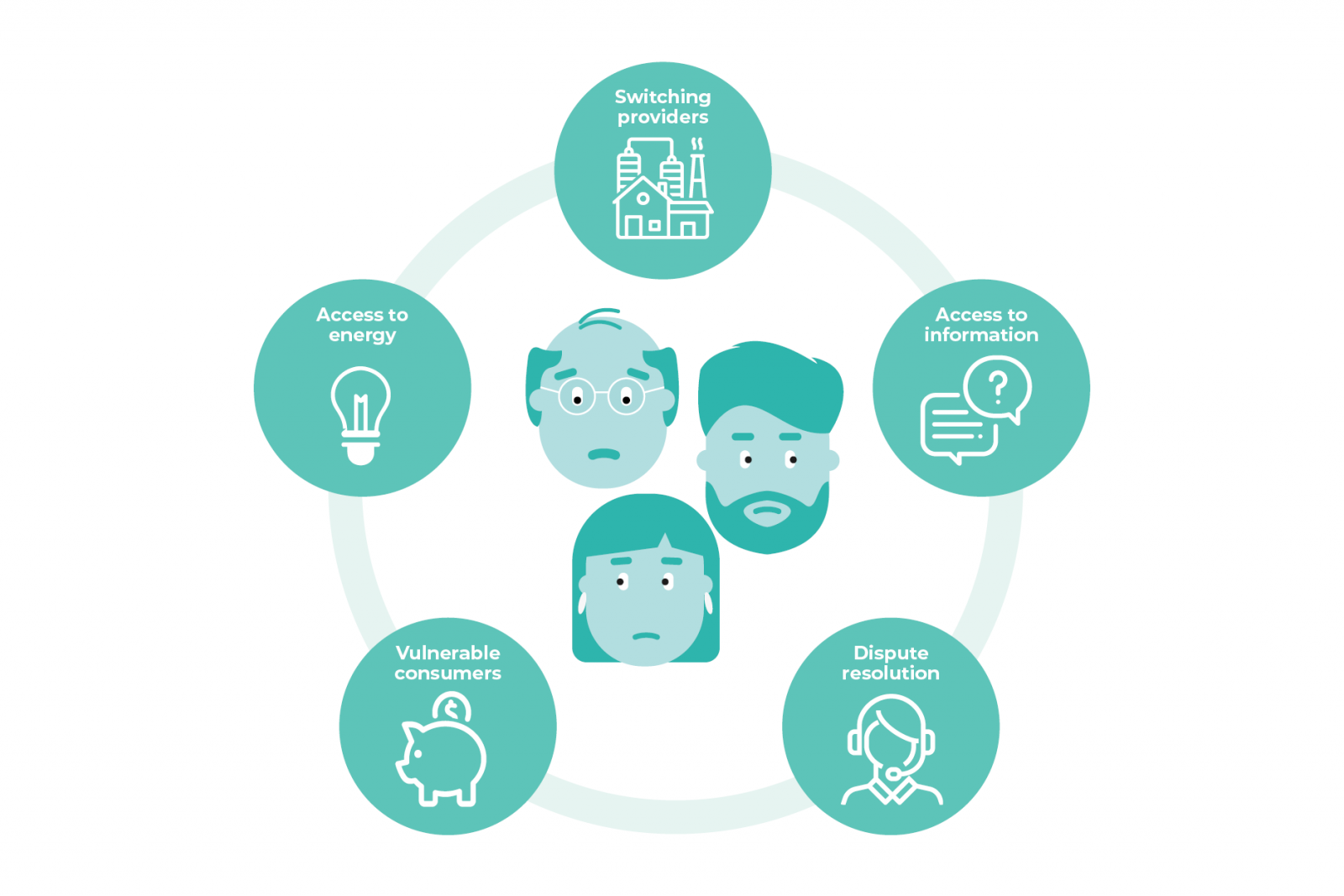
Easy access to dispute resolution mechanisms means a customer who has not been able to resolve a complaint directly with their provider(s) should, as much as practicable, be able to have their entire complaint dealt with in one forum.
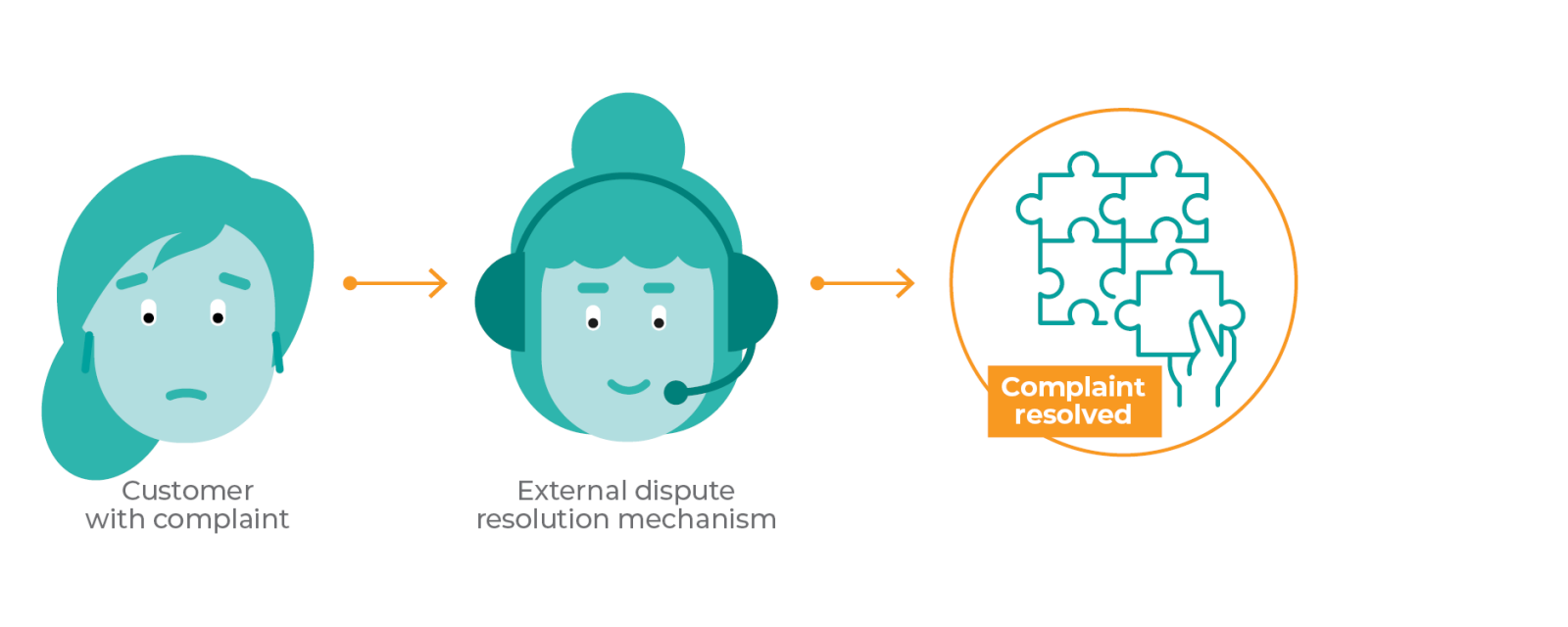
EWON’s call to action! Put customers in the centre of energy innovation and consumer protection
This report is based on four EWON customer groups:
- Traditional Customer
- Traditional Solar Customer
- Third Party Arrangement Solar Customer
- Solar Storage Customer
Case studies for each customer group evidence significant fragmentation across energy industry EDR which will increase as the energy market continues to develop. With the proliferation of behind the meter products, services and technologies, customers increasingly must deal with multiple service providers, consumer frameworks and EDR mechanisms to resolve a single complaint. Although EWON operates on a ‘no wrong door’ principle and has developed strong referral processes with other organisations, a customer’s EDR experience is fragmented and less than ideal. Complaint fatigue sets in – it is just too hard.
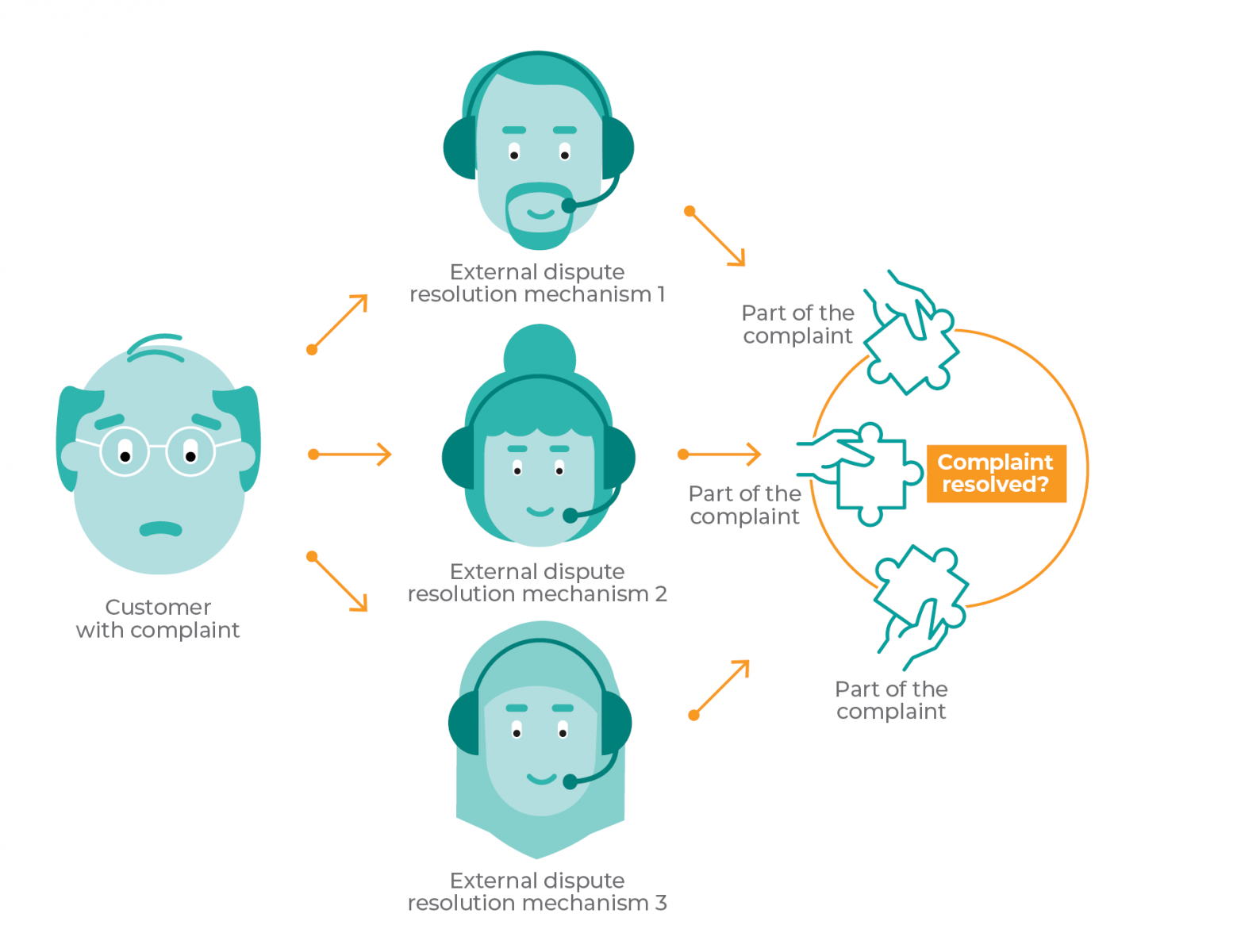
This fragmentation is not a failure of the different EDR mechanisms, which each have a role in different parts of the EDR puzzle. But it should be recognised that not every role leads to complaint resolution.
Why has this occurred? Historically, energy consumer protection and access to dispute resolution has evolved after sector change rather than being co-designed at the time of change.
That’s changing and there is now an increased forward focus. Fit-for-purpose EDR needs to be built into this future vision so that it works for everyone – not just the Traditional Customer. Energy industry product, service and regulatory reforms have traditionally focused on the market and not on the experience of customers. We call on energy companies, governments and regulators to work collaboratively and with us to ensure that energy industry developments and reforms are designed based on customer experience and are supported by fit-for-purpose EDR. Our overview of the experiences of Traditional Solar Customers, Third Party Arrangement Solar Customers and Solar Storage Customers demonstrates the need for this approach, and over time, other customer groups will emerge who need the same protections.
Together, we need to address the current fragmentation that exists and work to mitigate future complexity. By taking this approach we will reduce the need for energy EDR while at the same time, making access to energy EDR easy and effective for the customers who need it.
Customer groups and EDR journeys
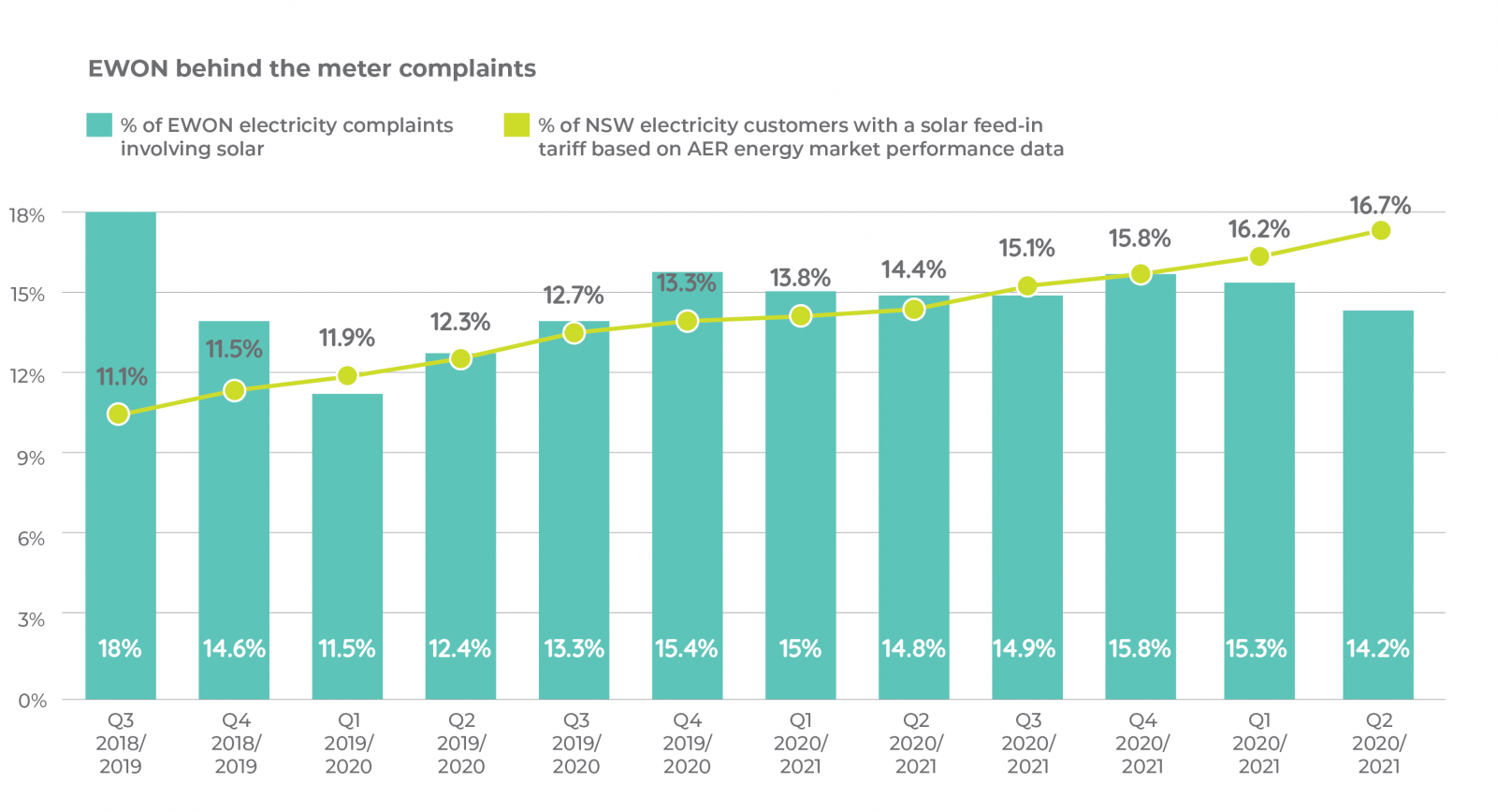
- Traditional Customer
- Traditional Solar Customer
- Third Party Arrangement Solar Customer
- Solar Storage Customer
There is a wide variety of demographics within these groups: residential and small business customers; young, middle or senior in age; Culturally and Linguistically Diverse (CALD) and English speaking; people with diverse disabilities and impairments; varying incomes and job statuses. They can range from customers with basic household appliances to customers who are highly engaged with emerging technologies such as electric vehicles. Perhaps they pay their electricity bills without looking at the usage in detail, or use a smartphone application to constantly monitor their usage.
Customer group case studies show that EDR is already too complicated – a complexity that will only intensify.
Traditional Customer
- inability to afford costs of the required technology such as rooftop solar panels
- living in an embedded network such as a residential park with restrictions like limited grid capacity
- living in social housing
- living in a rental property with landlord restrictions on changes to the property.
There have been changes to the energy market experience for some of these customers, such as the emergence of cost reflective tariffs and demand tariffs where flat tariffs were previously the norm, and increasing numbers of off-market customers living in embedded networks4. However, even with these developments, EWON is generally able to deal with energy complaints from residential and small business Traditional Customers holistically and provide a straightforward, ‘one-stop-shop’ EDR journey for energy complaints.
More information about entities, products, consumer issues and risk areas for Traditional Customers can be found here.
Traditional Solar Customer
- the Solar Bonus Scheme of 2010-2011
- a shift from gross solar metering to net solar metering
- changes to rules and industry practice for customer feed-in tariffs.
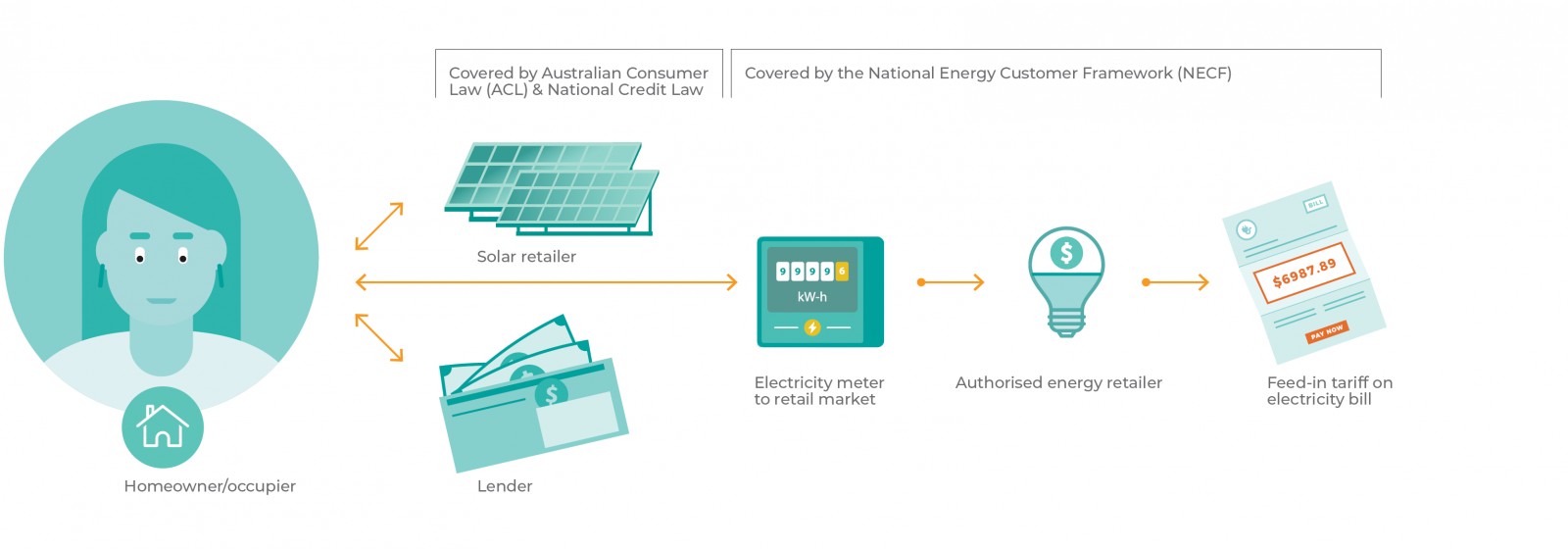
 Case Study 1: Credit from retailer for missed solar credits and high usage
Case Study 1: Credit from retailer for missed solar credits and high usageA customer had rooftop solar installed at her home in 2017 and was receiving the expected benefits. Her bills ranged from about $250 to $1,000 per quarter depending on the season, with solar credits applied. However, she received a bill for over $4,500 for August 2020 to November 2020. She disputed the bill with her energy retailer, which arranged for the meter to be replaced in January 2021.
The customer then received a bill for $3,800 for November 2020 to February 2021, which she also disputed. She noted that the retailer’s phone app showed household usage had reduced to previous undisputed levels after the meter was replaced. The retailer applied a customer service credit of $3,500 and missed pay on time discounts totalling $1,800. However, the customer was not satisfied with this resolution and contacted EWON in March 2021 after receiving a disconnection warning from her retailer. The customer had lost trust in the retailer and was considering switching.
EWON’s review found that the solar register of the previous meter had stopped recording solar generation in August 2020 and that usage recorded had therefore increased significantly in comparison to historical usage. From January 2021, the new meter recorded solar generation and the usage was reduced to historical levels. The previous meter had been replaced without being tested, so it was not possible to confirm whether the meter had been faulty or an issue with the customer’s solar installation had since been rectified. EWON noted that the retailer’s credit calculations had not fully considered the lack of solar credits and the significant difference between the disputed high usage and historical usage. To resolve the complaint, the retailer offered to apply a further credit of $1,900, which brought the daily average cost of the disputed bills in line with the average daily cost of previous undisputed bills. EWON’s review indicated that this was a fair and reasonable offer. The customer accepted the offer as a full and satisfactory resolution to her complaint and chose to remain with the retailer.
 Case Study 2: Small business not receiving expected financial benefits of solar
Case Study 2: Small business not receiving expected financial benefits of solar A small business customer installed rooftop solar for his business in early 2020. Based on information from the solar company, he anticipated a significant reduction in his bills. Instead, his bills averaged $6,000 per quarter and showed minimal solar generation. The business was also being impacted by COVID-19 restrictions, so the customer was experiencing financial difficulties and his account balance had grown to over $18,000.
EWON arranged for the energy retailer to test the customer’s meter for free; the test did not indicate any faults or issues. EWON also analysed the interval meter data, compared it with the customer’s billing, which did not identify any errors. We explained net solar metering to the customer and discussed the consumption and generation patterns evident in the data. For example, the business consumed the most energy at night, when there was no solar generation.
The customer accepted the outcome of EWON’s review of the metering and billing. The energy retailer advised it would consider the customer’s financial circumstances and come to an affordable payment arrangement with him.
The customer was concerned that the solar company, who was not an EWON member, had overpromised the financial benefits of the solar system and noted that they were not responding to his attempts to arrange an inspection of his system. EWON referred him to NSW Fair Trading.
 Case Study 3: Customer unhappy with solar installation and loan process
Case Study 3: Customer unhappy with solar installation and loan processA customer received a loan from a finance business to instal rooftop solar at her home. The finance business was partnered with a solar company that sold and installed the rooftop solar system. The company did not complete installation of the solar panels, allegedly due to problems with the customer’s cabling. However, two private electricians confirmed there was no cabling issue. The finance business had already paid the solar company in full, which the customer considered should not have been done until work was complete and the solar panels were functioning correctly.
The solar company, an independent business, was not a member of EWON. Though the finance business also operated as an energy retailer and was a member of EWON in this capacity, the customer’s electricity account was with a different retailer, and she did not have a complaint about her energy account.
EWON referred the customer to the Australian Financial Complaints Authority (AFCA) in relation to the energy retailer's finance business actions and to NSW Fair Trading in relation to the actions of the solar company.
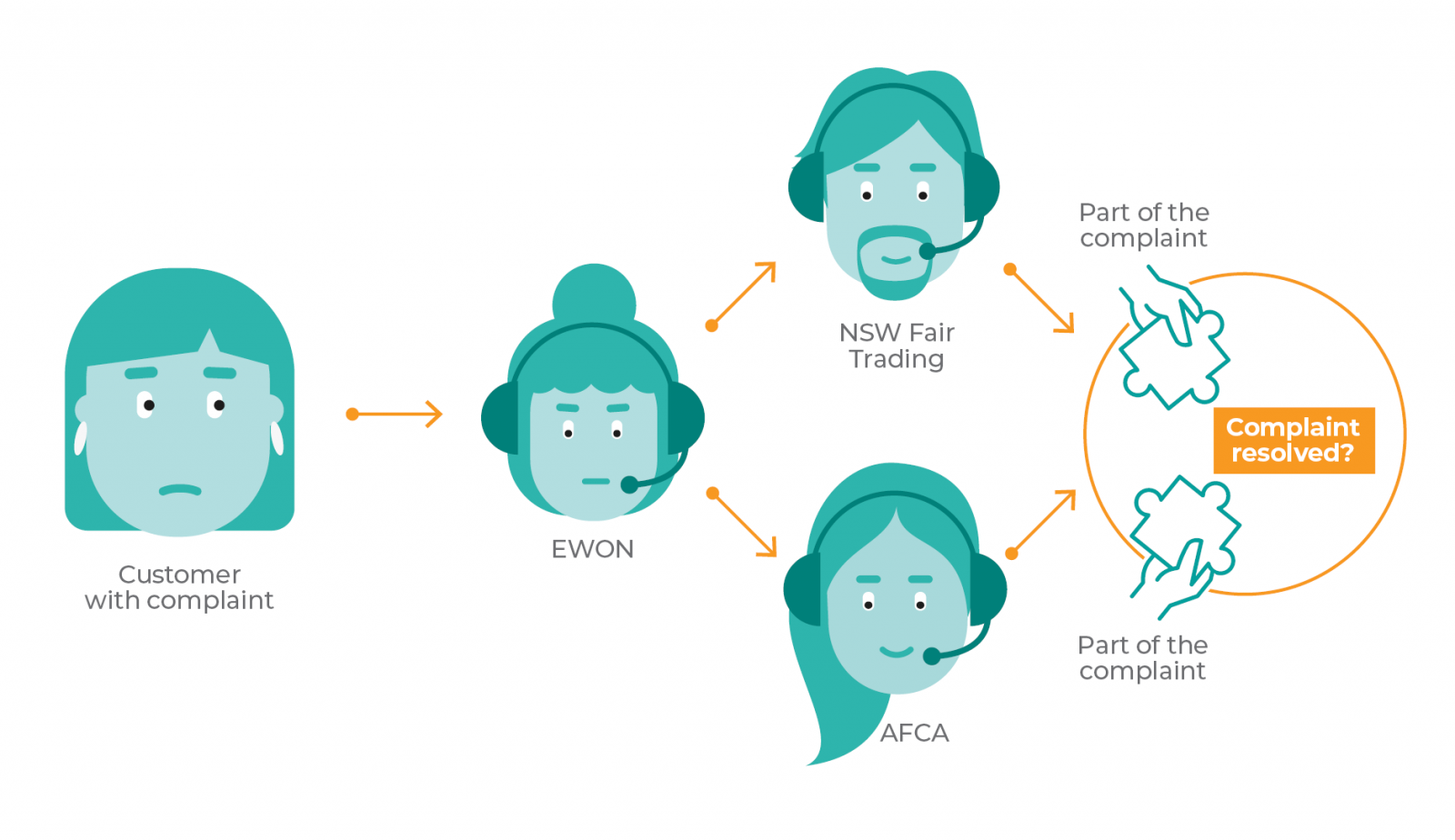
Third Party Arrangement Solar Customer
The example below represents a residential Third Party Arrangement Solar Customer with a SPPA:
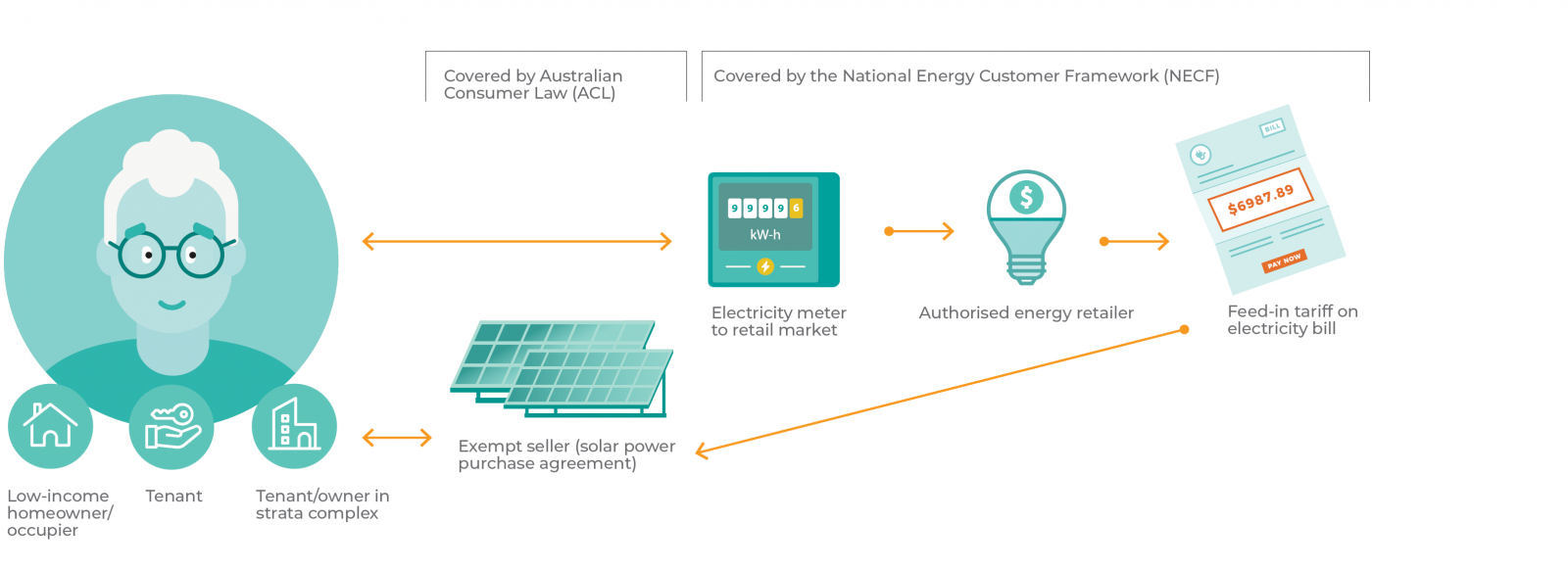
 Case Study 4: Solar Customer not receiving expected benefits of SPPA
Case Study 4: Solar Customer not receiving expected benefits of SPPAA customer entered into a seven-year SPPA with a solar retailer that holds a retail exemption with the Australian Energy Regulator (AER). The customer told EWON that he was confused by the product and did not understand that he would be buying the solar energy from the exempt seller. The customer advised that since agreeing to install the rooftop solar system, his overall energy costs had gone up, not down. The customer noted that if he broke the contract with the exempt seller, he could be charged $18,000 for the solar installation. The customer felt the agreement was putting him in vulnerable financial circumstances, rather than benefiting him as he had expected.
EWON reviewed the SPPA and discussed it with the customer. The agreement was designed so that:
- the exempt seller designs, buys, installs, maintains and guarantees the solar assets
- the system includes a separate electricity meter that records how much energy was generated by the system and used by the customer
- the customer agrees to pay for the solar energy they use for the period of the agreement (which could be from 8 to 25 years)
- at the end of the agreement ownership of the rooftop solar system is transferred to the customer
- the customer’s monthly bill is based on how much energy they use, not how much is produced by the system
- the customer also holds an account with an authorised energy retailer that charges him for energy he uses from the grid and pays him a solar feed-in tariff for the energy generated by the system and exported to the grid
- the exempt seller collects any solar feed-in tariff paid to the customer by their authorised energy retailer.
.png)
More information about entities, products, consumer issues and risk areas for Third Party Arrangement Solar Customers can be found here.
Solar Storage Customer
The example below represents the experience of a residential Solar Storage Customer with a battery engaged with a VPP:
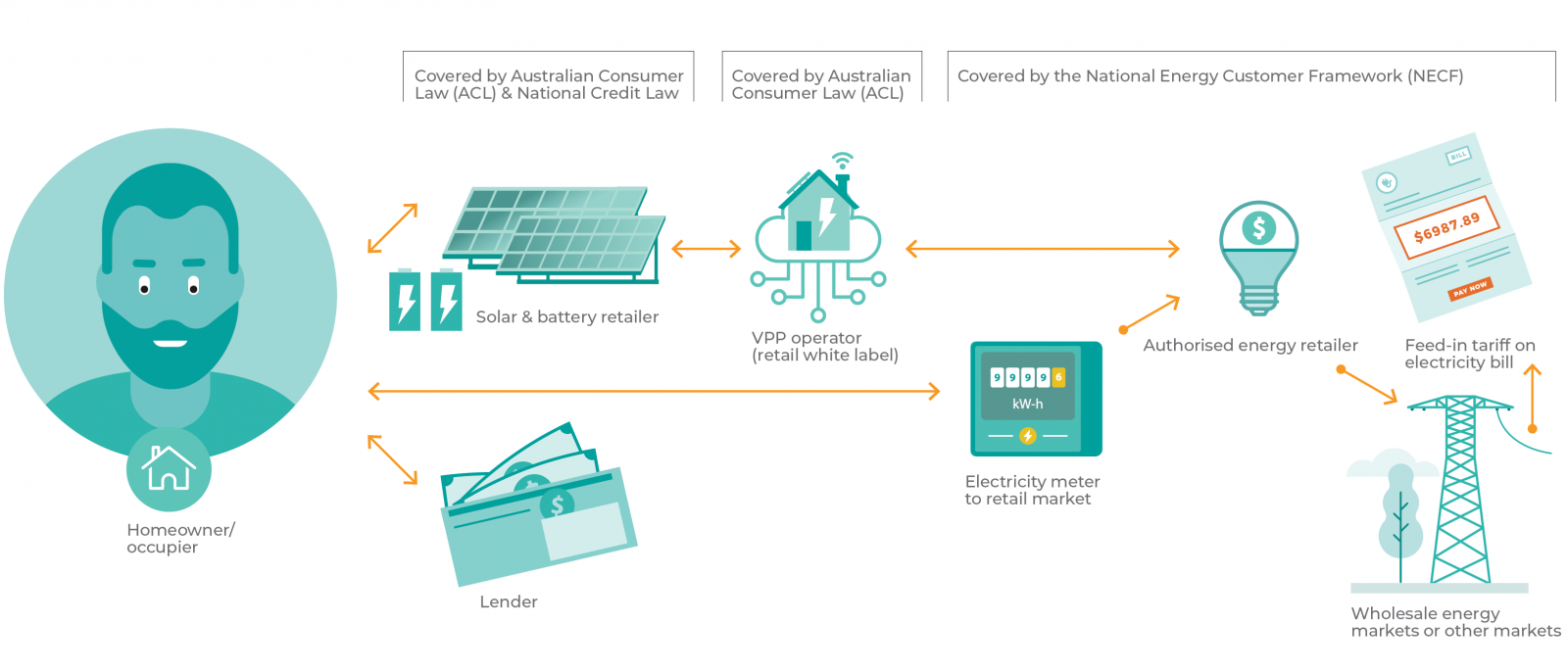
 Case Study 5: Customer unsure of solar benefit
Case Study 5: Customer unsure of solar benefit A customer advised that he had solar panels installed at his home over 15 years ago. He spent $10,000 to have a solar battery installed in April 2020 and chose an energy retailer whose market contract offer he considered would be beneficial. However, his electricity bills were not significantly lower after he installed the battery, so he raised concerns with his retailer that the bills may be incorrect. His retailer told him it would look into the issue, but customer service representatives were inconsistent with contact and often did not return his calls, which undermined his trust in the retailer.
EWON’s review found that the customer was participating in a virtual power plant under his market contract offer with the retailer. Excess energy stored in the battery could be sold back into the grid while maintaining a certain minimum capacity, and the customer would receive a guaranteed feed-in tariff of 6 cents per kWh for energy fed back into the grid regardless of the market demand. In periods of high demand when the spot price rose above the minimum, the customer would be eligible for additional credits for the energy fed back into the grid. However, the customer had not yet received additional benefits as the market conditions defined by the contract had not yet been met since the battery was installed. The customer was satisfied with this explanation and accepted information from the retailer about where he could monitor the spot price online. The main issue for the customer had been a lack of clear information.
 Case Study 6: Customer doesn’t receive expected benefit from VPP
Case Study 6: Customer doesn’t receive expected benefit from VPPA customer agreed to a home energy plan with an authorised energy retailer (which was operating under a white label) that included participation in a VPP. The retailer offered a range of plans in which the customer would pay a fixed monthly charge for their energy usage based on the capacity of their solar panels, a minimum amount of solar generated annually, and the capacity of the battery. The contract also capped the household’s annual usage, set a rate ($/kWh) if the customer’s usage went over the cap, and allowed the retailer to remotely control the customer’s battery as part of a virtual power plant. The customer purchased the battery from a battery provider and paid a third-party solar installer to instal the rooftop solar system based on the specifications provided by the battery provider and energy retailer.
The customer advised EWON that she had recently experienced billing problems due a fault with the system and had asked to be taken off a controlled load tariff. She had been told to get an electrician to do this, but the electrician referred her back to the retailer and battery provider. The customer called the battery provider, which was unsure how to initiate the change in network tariffs.
The customer also complained that after four years of participating in the VPP, the system she installed had never met the 12,100 kWh minimum annual generation requirement for the energy plan she agreed to. The customer contacted the retailer and battery provider about the performance of her system, and both referred her to the solar installer. The installer explained that the system would never achieve the solar generation required by her energy plan. The customer spoke again with the retailer and battery provider and was told that the design of the system was correct, and that other customers were able to meet the annual solar generation requirements of the energy plan with the same design. The customer advised EWON that she wanted a clear explanation of why the system was not meeting the requirements of the energy plan. She complained that she felt misled by the retailer, battery provider, and solar installer, and believed that they should rectify the issue.
EWON spoke to the customer again and she advised that the metering issue, the aspect that was primarily within EWON’s jurisdiction, had been resolved. EWON advised the customer that her complaint about the design, specifications, and performance of her system was not within our jurisdiction and referred her to NSW Fair Trading.

For queries about policy issues raised in Spotlight On, contact Rory Campbell. For media queries contact Fran Strachan. Don't want to miss future editions? Subscribe to Spotlight On.



